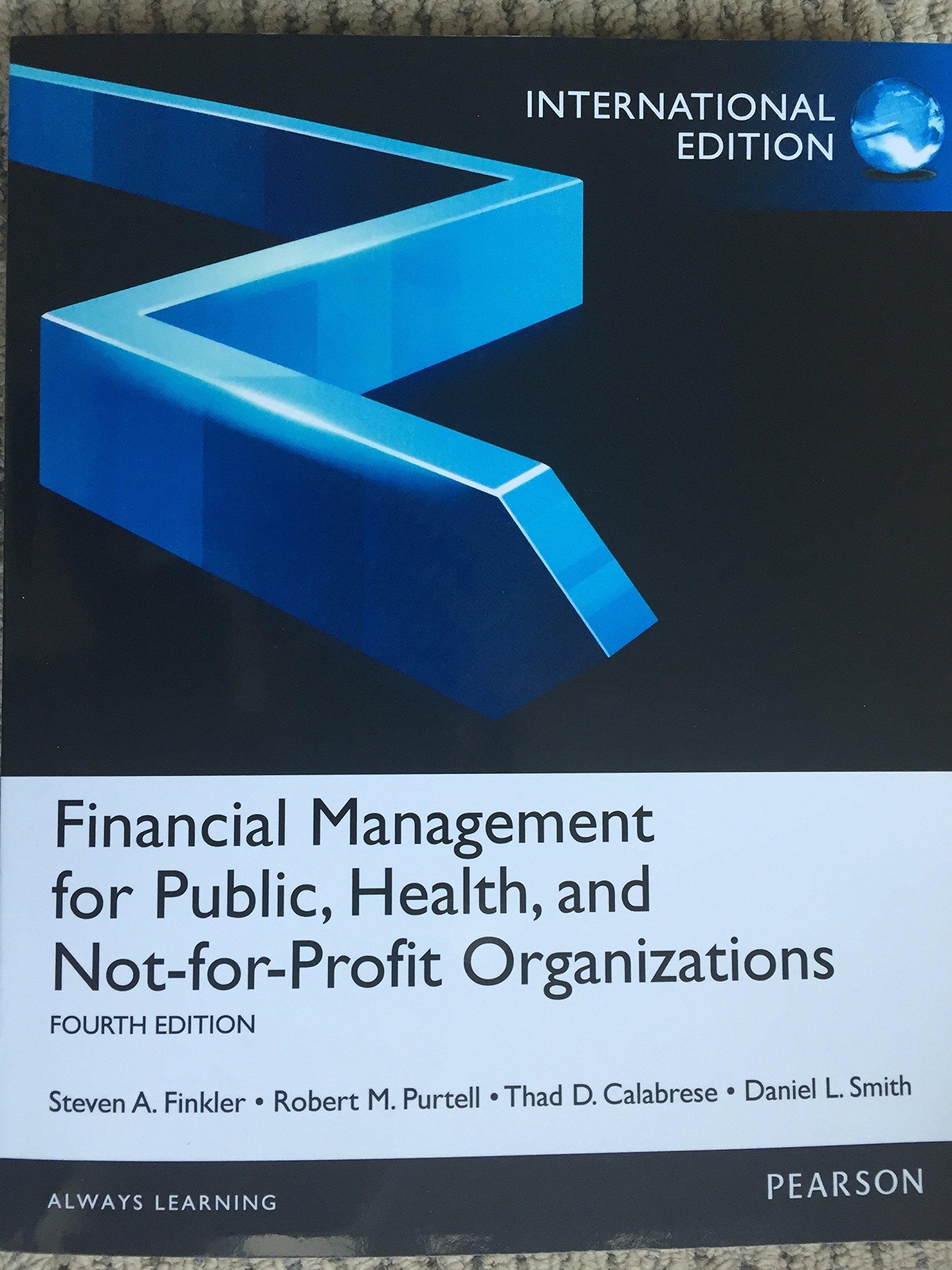

5. The nature of vehicle leasing What Are the Characteristics of Vehicle Leases? Leasing is a viable alternative to purchasing and owning a vehicle. However, before you agree to a lease, it is imperative you understand its characteristics, costs, advantages, and disadvantages. What is a lease? A lease is a financial arrangement in which a receives the use of a vehicle (or other asset) in exchange for the making of payments, usually , to the Therefore, the following statements define each of the parties involved: the leased vehicle and allows someone else to the vehicle for a fixed period in exchange for monetary The lessor is the party who payments. The lessee is the party who property and payments for a fixed period. What are the two major types of vehicle leases? The two major types of leases are: The right-end lease and the left-end lease O The walk-up lease and the walk-away lease The closed-end lease and the open-end lease In the following table, match the major costs associated with the leasing process on the left with the descriptions of those costs on the right. Cost Definition The remaining value of a leased vehicle at the end of the lease term The price at which a lessee can purchase a leased vehicle at the end of the lease term The down payment used to reduce the potential depreciation and monthly lease payments on a leased vehicle The total cost of a leased vehicle What are some of the more popular provisions included in vehicle leases? Which of the following is the lease provision that specifies the maximum miles permitted on the leased vehicle during the lease term? O Purchase option O Mileage allowance O Disposition fee is a fee that the dealer will assess if you elect to end the lease prior to its expiration date. A lessor levies this fee, which usually takes the form of a one-time charge of $150 to $200, when a leased vehicle is returned to the lessor. O Residual value O Lease penalty Disposition fee 5. The nature of vehicle leasing What Are the Characteristics of Vehicle Leases? Leasing is a viable alternative to purchasing and owning a vehicle. However, before you agree to a lease, it is imperative you understand its characteristics, costs, advantages, and disadvantages. What is a lease? A lease is a financial arrangement in which a receives the use of a vehicle (or other asset) in exchange for the making of payments, usually , to the Therefore, the following statements define each of the parties involved: the leased vehicle and allows someone else to the vehicle for a fixed period in exchange for monetary The lessor is the party who payments. The lessee is the party who property and payments for a fixed period. What are the two major types of vehicle leases? The two major types of leases are: The right-end lease and the left-end lease O The walk-up lease and the walk-away lease The closed-end lease and the open-end lease In the following table, match the major costs associated with the leasing process on the left with the descriptions of those costs on the right. Cost Definition The remaining value of a leased vehicle at the end of the lease term The price at which a lessee can purchase a leased vehicle at the end of the lease term The down payment used to reduce the potential depreciation and monthly lease payments on a leased vehicle The total cost of a leased vehicle What are some of the more popular provisions included in vehicle leases? Which of the following is the lease provision that specifies the maximum miles permitted on the leased vehicle during the lease term? O Purchase option O Mileage allowance O Disposition fee is a fee that the dealer will assess if you elect to end the lease prior to its expiration date. A lessor levies this fee, which usually takes the form of a one-time charge of $150 to $200, when a leased vehicle is returned to the lessor. O Residual value O Lease penalty Disposition fee








